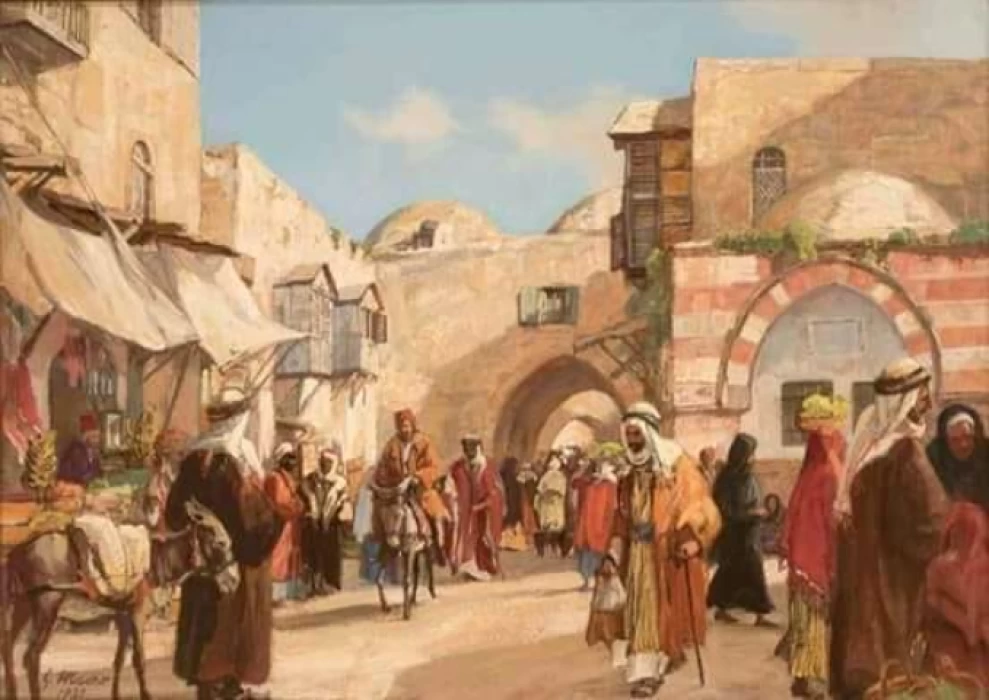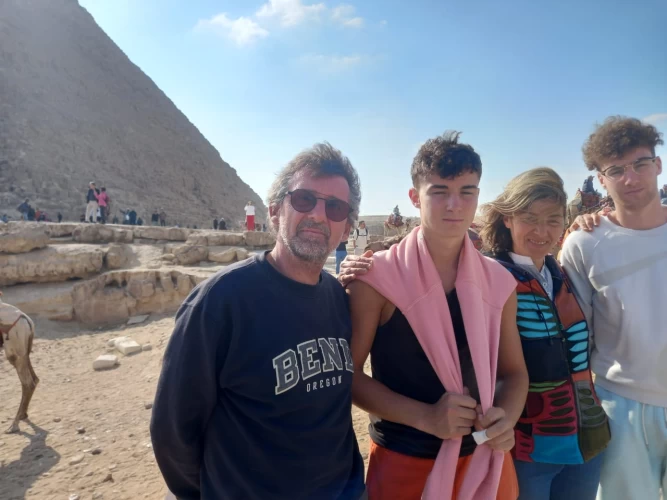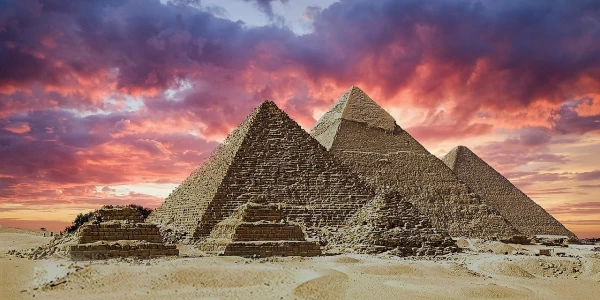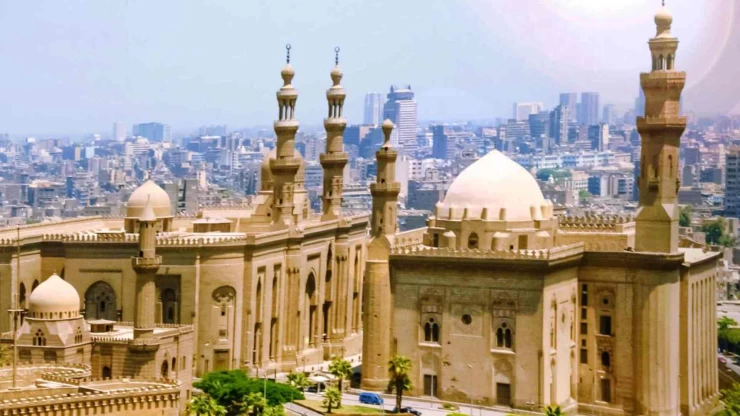
Mamluk Sultanate Dynasty in Egypt
Mamluk Sultanate Dynasty in Egypt
Among its most prominent sultans were Izz al-Din Aybak, Qutuz, al-Zahir Baybars, al-Mansur Qalawun, al-Nasir Muhammad ibn Qalawun, and al-Ashraf Salah al-Din Khalil, who recaptured Acre and the last strongholds of the Crusaders in the Levant. Tatars in the Levant and Iraq, including Baghdad. The towering Mamluk state, during whose reign the greatest expansion of the Mamluk state was known, began in the ninth century AH. Among the most prominent of their sultans were Barquq, his son Faraj, Enal, Al-Ashraf Seif al-Din Barsbay, the conqueror of Cyprus, Qansuh al-Ghouri, and Tumanbey.
These Mamluks were slaves brought in by the Ayyubids, and their influence increased until they were able to seize power in 1250 AD. The plan of these leaders was to bring the Mamluks from non-Islamic countries, and they were mostly children who were raised according to strict rules in military barracks isolated from the outside world, in order to ensure their complete loyalty to the ruler. Thanks to this system, the Mamluk state enjoyed a kind of stability that was rare at the time.
Many factors were prepared that contributed greatly to the establishment of the Mamluk state, this state that emerged from the womb of the Ayyubid state and was built on its ruins, and among those factors is the weakness of the Ayyubid state, as i Salah al-Din al-Ayyubi left a large state after his death, and during his life, he distributed the countries under his control. His family members, these people shared his legacy after his death, and in light of the wars and conspiracies that occurred between them, the just king (d. 615 AH), brother of Salah al-Din al-Ayyubi, was able to unite the Ayyubid state under his authority, but he made a mistake when he distributed his inheritance to his children, this distribution led to disharmony and envy. Among the brothers, and because of these competitions and disputes, most Ayyubids did not buy the Mamluks, and each group was attributed to its owner who bought it and trained it, and an important transformation took place.
At the beginning of their state, the Mamluks repelled the Mongol invasion of the Levant and Egypt, and the summit of the response was at the battle of Ain Jalut. Then, during the reign of Sultan Baybars (1260-1277 AD) and the sultans after him, the Mamluks focused their efforts on the Crusader principalities in the Levant. In 1290 AD, they killed the last stronghold of the Crusaders in the Levant (Acre).
Cairo became a major center for trade exchange between East and West, and trade flourished and with it the state's economy. Sultan Barquq (1382-1399 AD) led successful campaigns against Tamerlane and reorganized the state again. Sultan Barsbay (1422-1438 AD) tried to control commercial transactions in his kingdom, and the process had a bad impact on the movement of these activities. The Barsbay after waging a successful campaign freely around Cyprus.
Since the year 1450 AD, the Mamluk state began to lose its control over commercial activities. The state's economic condition is deteriorating. Then the matter was made worse by the progress made by other countries at their expense in the field of manufacturing war machines.
In the year 1517 AD, the Ottoman Sultan Selim I was able to eliminate their state. Egypt, the Levant, and the Hejaz were included in the territory of the Ottoman Empire.
During their state, the Mamluks enjoyed religious legitimacy in the Islamic world for two reasons, their possession of the lands of the Hijaz and the Two Holy Mosques, and then their hosting of the Abbasid Caliphs in Cairo since 1260 AD.

















